SEO is a bit like a puzzle.
To see the entire picture, you need the correct pieces. And, in the case of SEO you need to have the right strategies in the right places to be successful.
But, of course, there are a lot of different SEO strategies out there in the marketing world.
Link building, keyword research, and content marketing are just the tip of the iceberg.
There’s also second-tier linking, featured snippets, and semantic search.
And still, there are plenty of other SEO factors we could mention if we had the time. But we don’t.
SEO quickly feels like a convoluted mess rather than a pool of potential.
Did you know, for instance, that the farther back you are in the rankings, the longer it takes to increase your position with link building?
Or that it takes an average of ten weeks just to increase your rank by one position?
Or, did you know that it’s easier to increase your rank when you have a lower domain authority?
I’m not trying to discourage you from doing SEO by pointing out all of these complexities. But I am trying to show you how complicated SEO can be.
There are a lot of strategies, rules, and statistics to inform you.
And all of those can be helpful under the right circumstances.
But you don’t want to overcomplicate your SEO strategy if you don’t need to. You want to keep it simple, build links, and increase your rankings.
One of the things that you do need to know about, though, is how Google uses RankBrain to increase or decrease your position in the SERP.
When you understand how the RankBrain thinks, you’ll be prepared to move your rankings forward.
For that reason, I’m going to show you exactly what RankBrain is, how it works, and then how you can use it to your benefit.
What is RankBrain?
You’ve probably heard the term “RankBrain.” Or maybe you’ve heard someone call it “Google’s RankBrain.”
More than likely, though, you don’t totally understand what RankBrain is or what it does.
So here’s what you need to know.
At its most basic level, RankBrain is a part of Google’s method for determining which pages rank and which ones don’t. In fact, many online sources place it as the third most important ranking factor for Google.
However, that doesn’t exactly mean that RankBrain is part of Google’s algorithm. Technically, it isn’t. Let me explain.
Before RankBrain, Google would just use an algorithm to determine which pages to rank high and which to rank low.
Now, however, RankBrain adds an extra layer of sophistication to that process.
Here’s how it works.
When someone searches for something unique on Google, the algorithm depends on RankBrain to find the searcher’s intent.
Google’s algorithm can often determine great results for common searches, but it’s not so great at doing that for uncommon searches.
So instead of playing alone, Google’s algorithm asks the AI, RankBrain, what it thinks the intention of the searcher is.
RankBrain then makes its best guess based on past precedents, the location of the searcher, and even the habits of the searcher.
Then, Google spits out the results to the searcher.
Google doesn’t always use RankBrain, though. It only uses RankBrain when it needs a bit of extra help determining what the searcher is most likely looking for.
We’ve all typed something into Google and received completely irrelevant results.
That’s what happens when RankBrain fails, proving that the system is imperfect.
And yet, it’s far better than the days of Google’s basic algorithm. It’s a step in the right direction of search optimization.
Here’s another diagram someone created to try and illustrate the process.
Why, though, is RankBrain important for your own rankings?
Because Google often uses it to determine the intent of searchers.
If you know how RankBrain goes about ranking different websites, then you’ll have a far better chance of falling among the top results.
And to help, here are six ways you can optimize your website and pages for RankBrain’s judgment.
1. Create genuinely helpful content
Above all else, create amazing content.
Let me illustrate a strategy that I promise won’t work in the long run. You create and publish a ton of content that isn’t very good.
Maybe that content will rank for a little bit. But the more bounces you receive over the coming months, and the less that people show Google they appreciate your content, the worse your rankings will be.
If you don’t create great content, then you’ll never have a chance of ranking.
Google wants to show people content that is genuinely helpful, not content that was created just for the sake of ranking.
It’s your job to create remarkable content and trust in the process.
Check out the quality of this article from Marketing Land.
Or this article from Smart Blogger.
So is this piece of content from Copyblogger.
Can you guess how I found all of those articles?
You got it. I found them by searching on Google.
Those are articles that deserve to rank. The authors thought them out thoroughly and put them together well.
They rank because they provide value.
And creating genuinely helpful content couldn’t be more important with RankBrain at the forefront.
After all, RankBrain pays the most attention to which pieces of content people appreciate and then tries to show that content to more people with similar interests.
If your content helps people, it will rank better. It’s as simple as that.
Spend some time conducting your own searches on Google within your niche to determine which articles are ranking. Then create similarly helpful content on your own website.
That will ensure that you create great content, draw an audience, and rank on Google.
2. Pay attention to semantic search
With RankBrain, semantic search is more important than ever.
But what exactly is semantic search?
Well, it’s exactly what RankBrain tries to take into account when pulling results from its millions of potential options.
Basically, semantic search is the intent of the searcher. It takes into account things like context, device, language style, and query stream.
Think about it like an in-person conversation.
Imagine you’re talking to a friend, and your friend says, “Hey, you look good.”
Those same words in the same order could mean several different things. If, for instance, your friend is being sarcastic, then that would be an offensive comment.
If they are being serious, then it’s a compliment.
And if they say it flatly, it could be passive-aggressive.
In other words, tone and context say a lot.
With search, the same applies. RankBrain is Google’s AI attempt at understanding the semantics of a searcher’s query.
For example, say that you type in, “what is digital marketing.”
In that case, you are probably looking for far different results than if you type in “hire a digital marketer.”
Clearly, the nuances in language make a big difference in determining the searcher’s intent.
That’s true in physical conversations, and it’s true on Google’s search bar.
And with the rise of voice search, the semantics of a query is becoming even more critical. Since people talk instead of type, they aren’t quite as intentional about the words they use.
That means that understanding the user’s intent is only going to become increasingly important as time goes on.
And if you understand that intent, then you’ll have a better chance of appealing to the necessary audience and, in turn, ranking even better.
3. Target Google snippets
Have you heard of position zero on Google?
If you haven’t, it’s about time that you do.
It can make a massive difference in your SEO. Google snippets or featured snippets fill the position that many refer to as “position zero.”
These are the boxes of information that you occasionally see come up when you ask Google a question.
And these snippets get a ton of clicks for obvious reasons.
They are front and center, they offer content immediately, and they are genuinely helpful.
Of course, attaining one for your specific set of keywords is easier to say than to do.
There are a few tried and true ways to land in position zero, and I’ll walk you through some of the most effective strategies.
But first, you probably want to understand how the featured snippets apply to RankBrank and its judgment.
Here’s how.
When you have a featured snippet for a target position, that means that you have organized your content for search engines.
And the better that you organize your content, the easier it is for Google to read and the more likely it is for RankBrain to pull you out of its hat.
Though this can be challenging, ranking in position zero is a worthwhile endeavor. If you succeed, you’ll increase your click-through rate and thus your authority in the eyes of Google.
So now that you understand why featured snippets are important when it comes to RankBrain, let’s talk about how you can get in the highly-desirable position zero.
There are two simple approaches:
- Define a term.
- Create a list.
Here’s what the former looks like.
And here’s an example of the latter.
When targeting a snippet, use subheadings for each point you have.
That will help Google easily understand what you’re talking about and then reformat your information into a featured snippet.
Many SEOs have stumbled upon position zero unintentionally, but you can also do so intentionally.
And when you do, nothing will be able to stop you from attracting clicks and increasing your rankings even further.
And here’s the best part:
Your website doesn’t even need to be the first result to acquire the featured snippet.
4. Focus on long-tail keywords
When it comes to the searcher’s intent, perhaps nothing is more revealing than long-tail keywords.
What are long-tail keywords?
Well, I’m glad you asked.
They are simply the longer and more specific version of a Google search. So instead of searching for “Shoes,” you might search for “red Nike mens running shoes.”
Someone might search for “digital marketing.”
But they might also search for “hire a digital marketer in seattle WA.”
That would be the long-tail keyword.
Naturally then, long-tail keywords are less competitive. But consequently, they also have a lower search volume.
Is that such a bad thing, though?
As it turns out, that low search volume might actually benefit your SEO rather than harm it.
Long-tail keywords are well worth your SEO budget and bandwidth.
That’s because people who use long-tail keywords to search for something on Google often know exactly what they want, and they tend to be more committed than their general keyword counterparts.
That means that they will opt in more and convert more often.
That’s good for your business.
Plus, since long-tail keywords are one of the query types that RankBrain struggles to spill results for, you can help it out by optimizing your website for these keywords.
Some SEOs resist optimizing for long-tail keywords, believing they are pointless since they have less search volume.
But you’re smart enough to know that they are far from pointless.
After all, since the keywords are more specific, that means those who search for them are more committed and will be easier for you to convert.
You market for a business that’s looking to make money.
That is, naturally, the end goal of SEO.
And long-tail keywords can take you there.
5. Optimize anchor text
Remember: The more organized that your content is, the better.
With more organized content, Google and its associate, RankBrain, can read your page and deliver it as a result.
If you don’t organize your content, then you can count on Google never pulling up your page.
When Google doesn’t easily know what the page is about, it isn’t going to rank you.
And anchor text is one of the best ways that you can ensure that Google knows what your content and website pages are about.
Anchor text is simple.
It’s the words that you hyperlink to one of your pages.
Imagine, for example, that I provide you a backlink and I hyperlink the word “here.”
“Here” would be the anchor text.
However, as I’m going to show you, “here” doesn’t make a backlink as beneficial as one with appropriate anchor text.
Imagine that the page I was linking to on your website was about second-tier linking.
And the keyword you were targeting with that page when you created it was “Second-tier linking.”
Now, if I link to that page on this blog post with anchor text that reads, “second-tier linking,” that is going to help your SEO even more than basic anchor text.
Why?
Because it tells Google that I, another online publisher, can understand what your website is about and so, too, can other people.
In other words, it’s another reassurance that your page actually is about what Google and RankBrain think it’s about.
In fact, this strategy is so powerful that 84% of number one results have at least one keyword anchor.
And the more you utilize keyword anchor text, the better your rankings will be overall.
When RankBrain seeks out content to rank among the SERP, it looks for content that it can understand.
If it knows what your content is about, then you have a far better chance of ranking on the first page.
If not, then you have absolutely no chance.
Anchor text is a strategy you can use today to rank tomorrow.
6. Write in natural language
This is arguably the most important strategy for optimizing for Google’s RankBrain.
And fortunately, it’s dead simple.
Just write like you talk.
It’s easy to get carried away with formalities, big words, and flowery language when you write. But avoid it at all costs.
Ironically, the more that you use natural language when you write, the better RankBrain will be able to read your content.
You might think that you need to write for search engines instead of people, but Google says the opposite. Here’s what they have told us:
“Optimizing for RankBrain is actually super easy, and it is something we’ve probably been saying for 15 years now, – and the recommendation is to – write in natural language. Try to write content that sounds human. If you try to write like a machine then RankBrain will just get confused and probably just push you back.
But if you have a content site, try to read out some of your articles or whatever you wrote, and ask people whether it sounds natural. If it sounds conversational, if it sounds like natural language that we would use in your day-to-day life, then sure, you are optimized for RankBrain. If it doesn’t, then you are ‘un-optimized.’”
That’s some compelling information.
Google goes so far as to say that the most important thing for you to do to optimize for RankBrain is to write naturally.
But what does writing naturally look like?
It means writing like you talk.
Take any of my own blog posts as an example.
Or check out this one from Jon Morrow.
We both write like we are actual human beings. We don’t write for machines.
Evidently, this helps you become more likable and understandable not only in the eyes of your readers, but also in the eyes of RankBrain.
And when it comes down to it, those are the only two people (or things) you need to please.
Conclusion
SEO can be kind of confusing.
With all the different strategies out there in the marketing world, it’s hard to know which ones to implement and which ones to ignore.
But I can say without a doubt that you don’t want to ignore RankBrain and its preferences.
It’s the third biggest ranking factor on Google. That means that you can quickly increase your position if you optimize for RankBrain.
To do that, create genuinely helpful content, pay attention to semantic search, target featured snippets, focus on long-tail keywords, optimize anchor text, and write in natural language.
Start using these strategies today. After all, you will only be able to rank tomorrow if you prepare today.
How do you optimize your own website for RankBrain’s influence on Google’s search system?

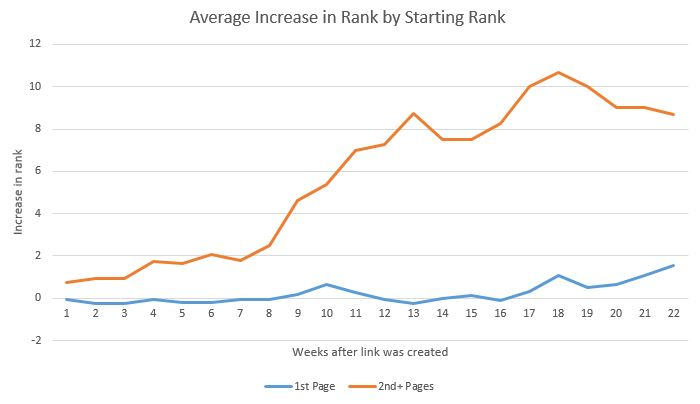
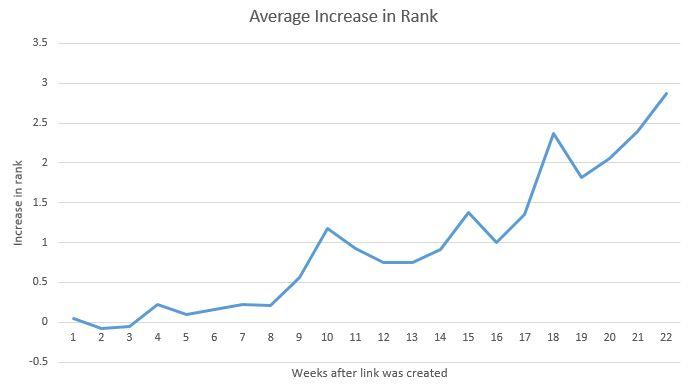
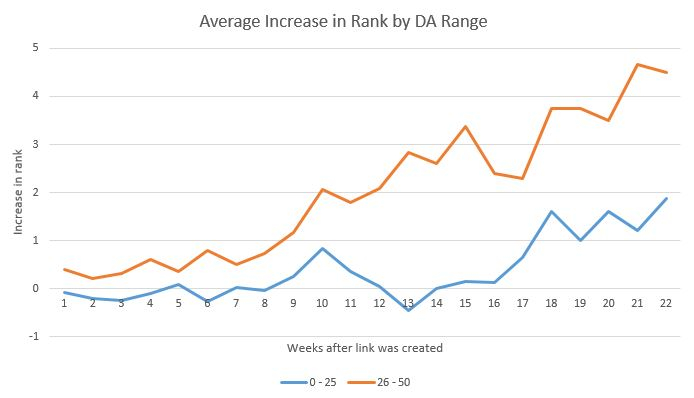
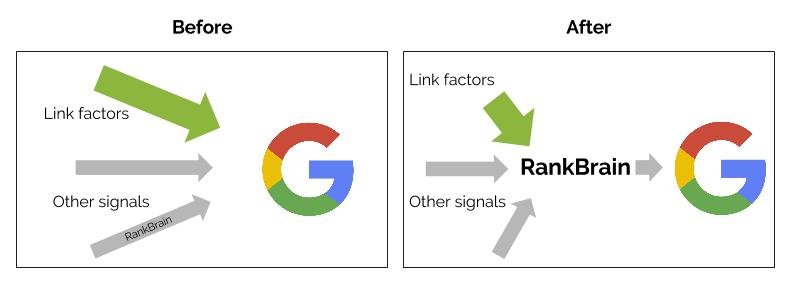
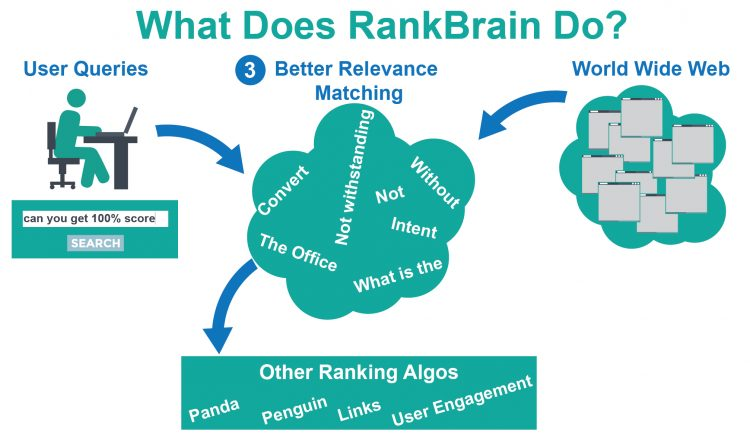
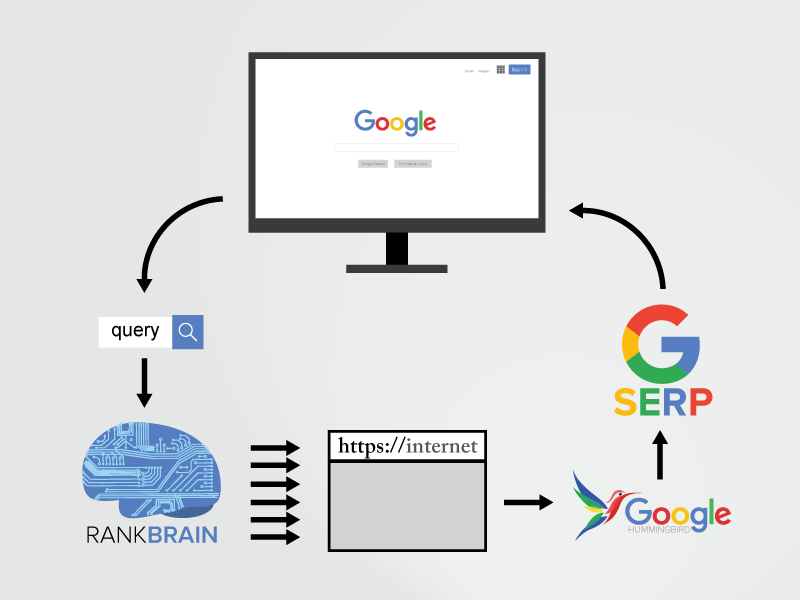
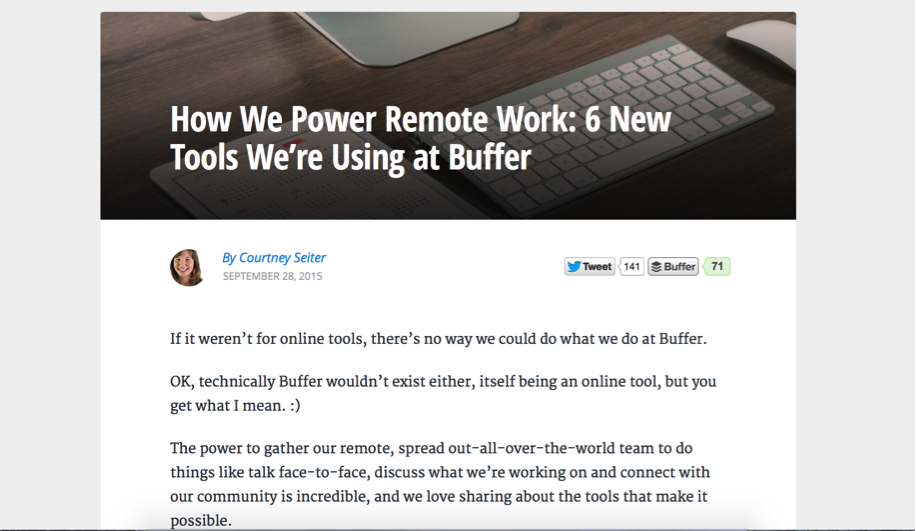
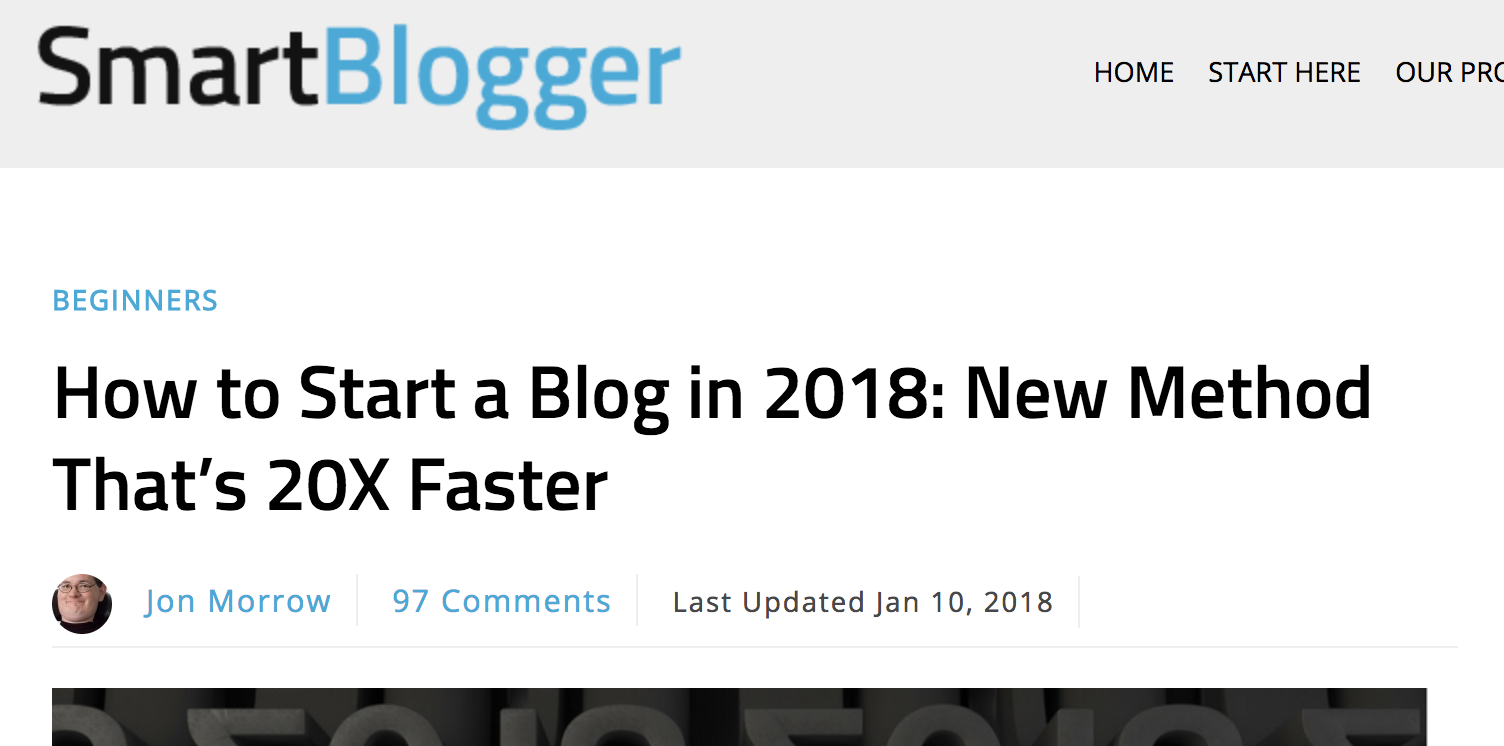

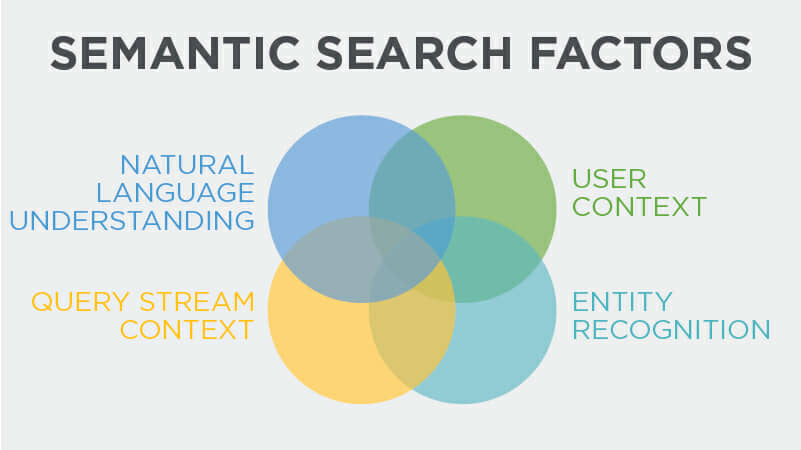
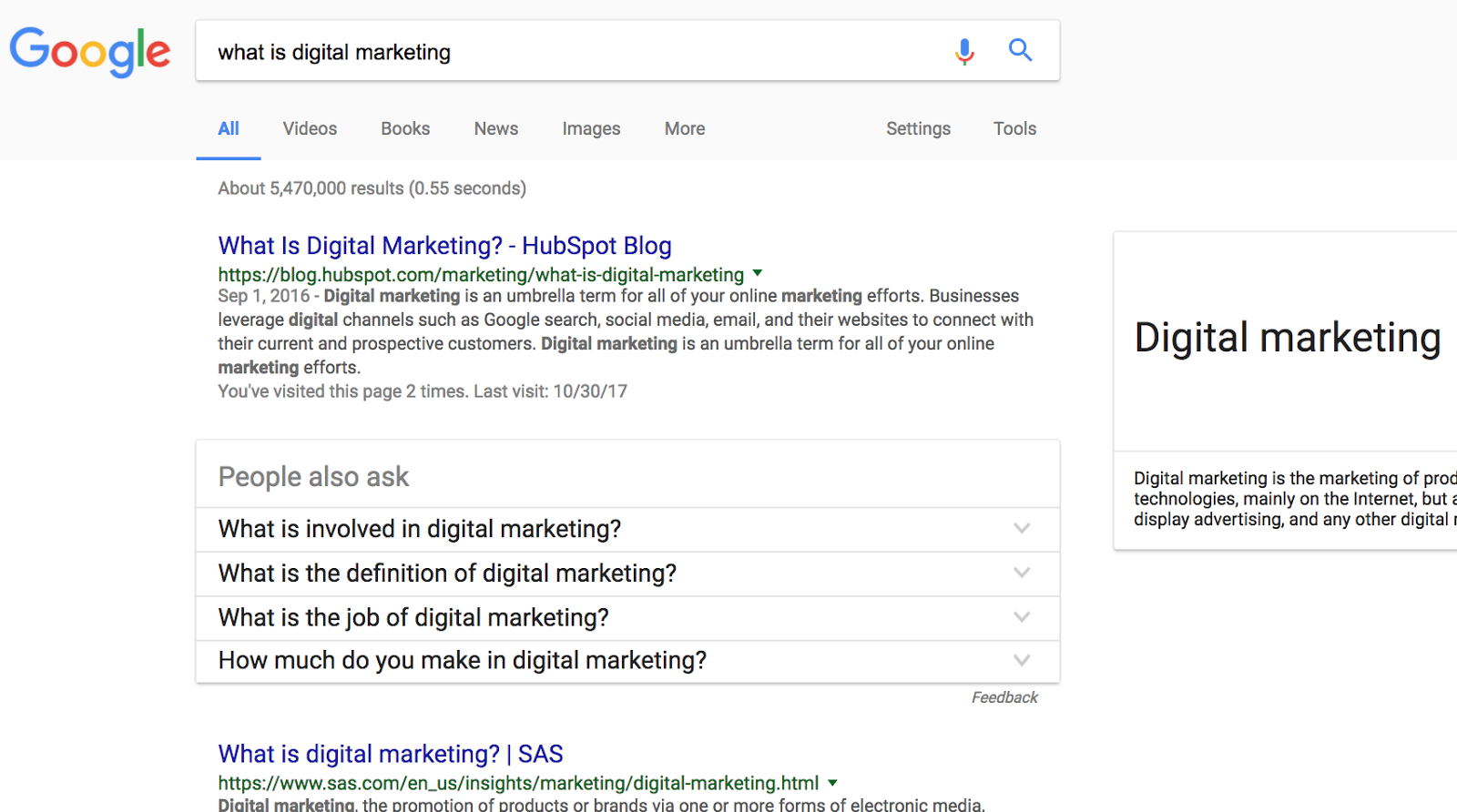
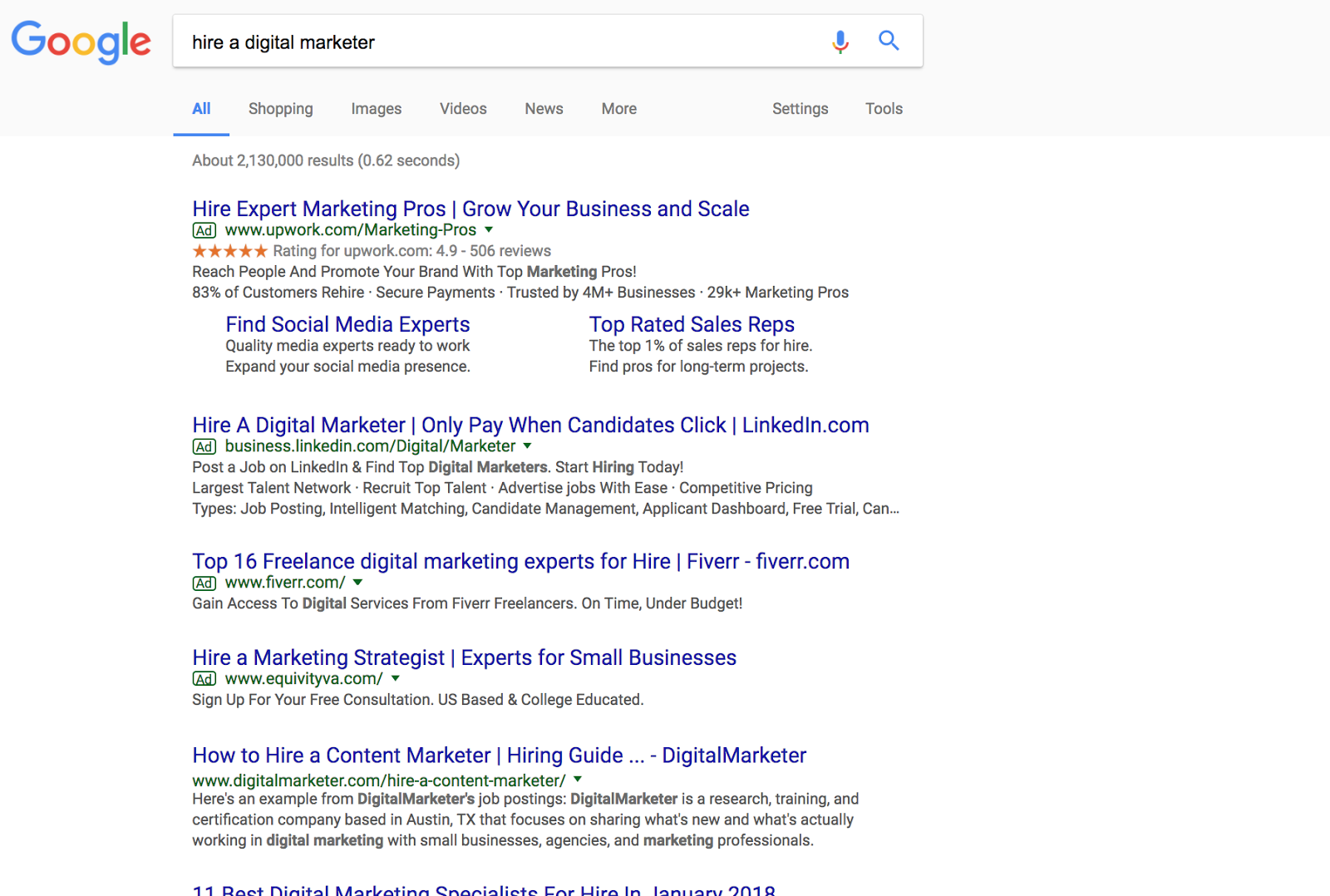
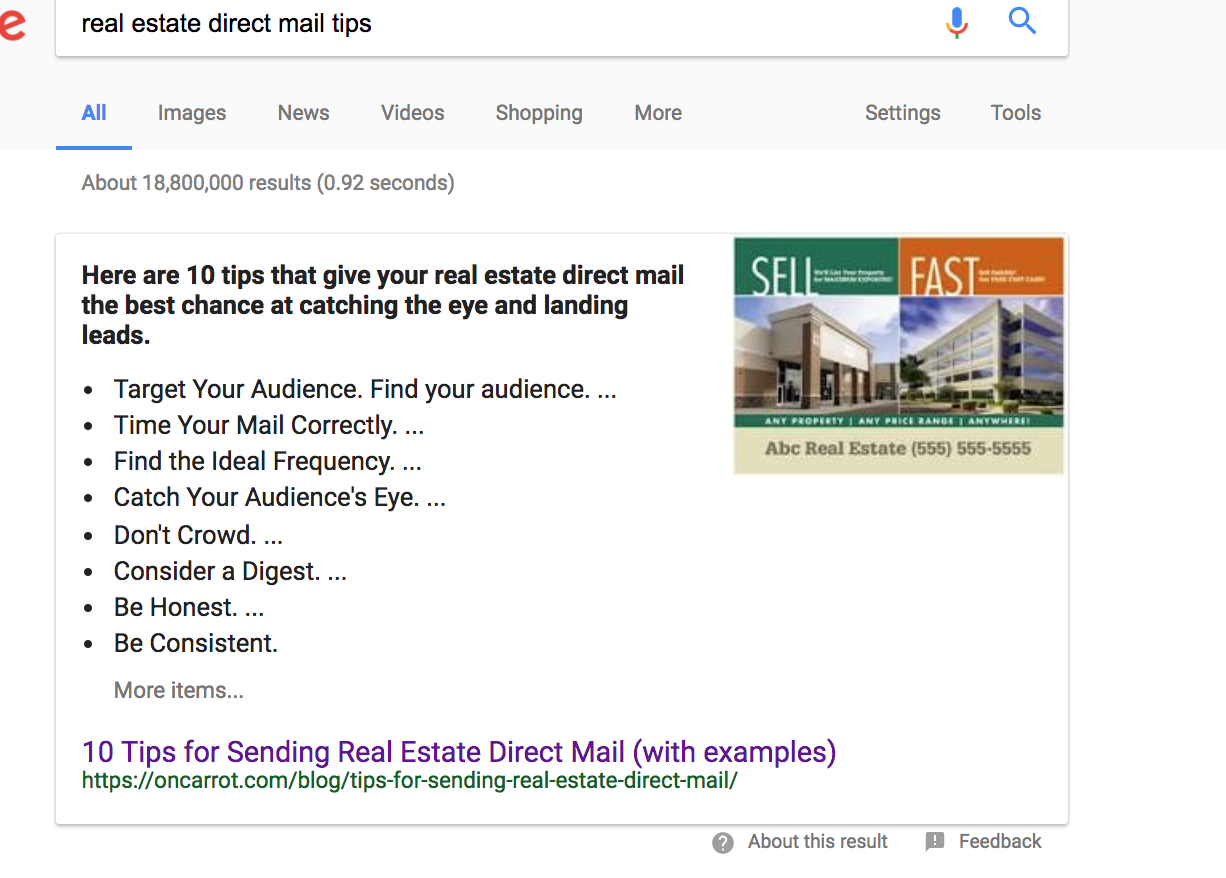
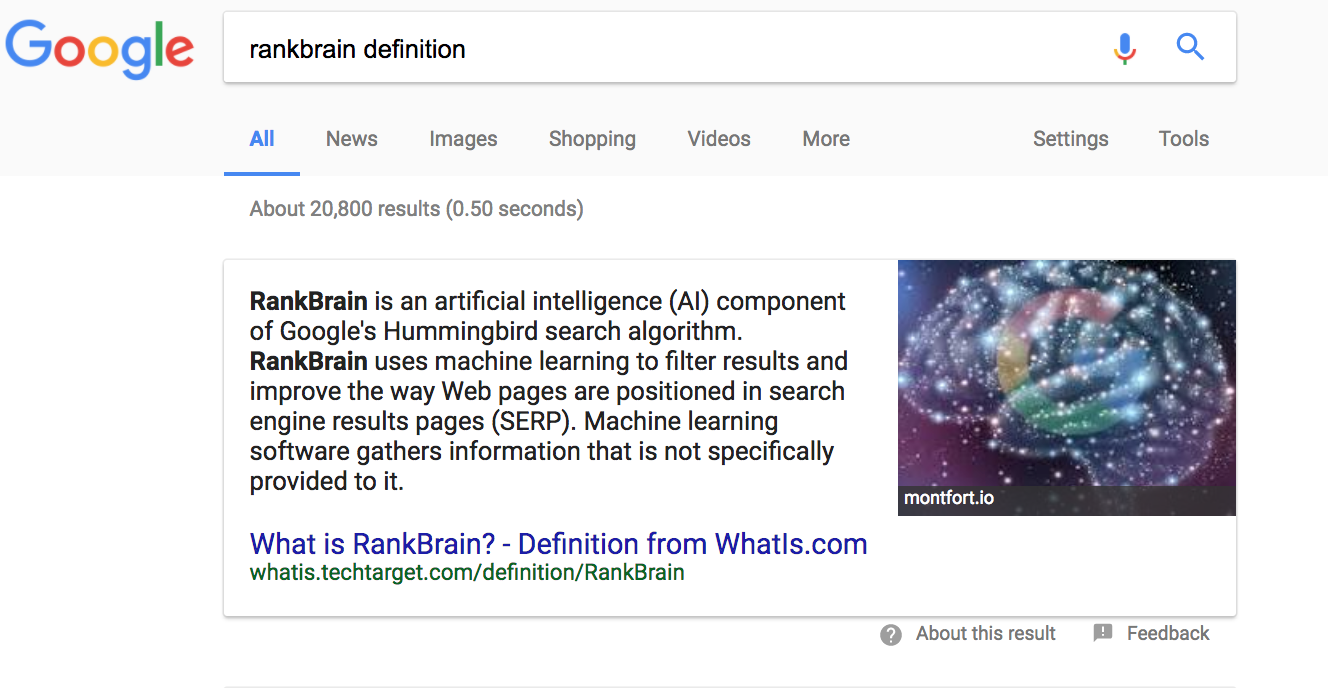
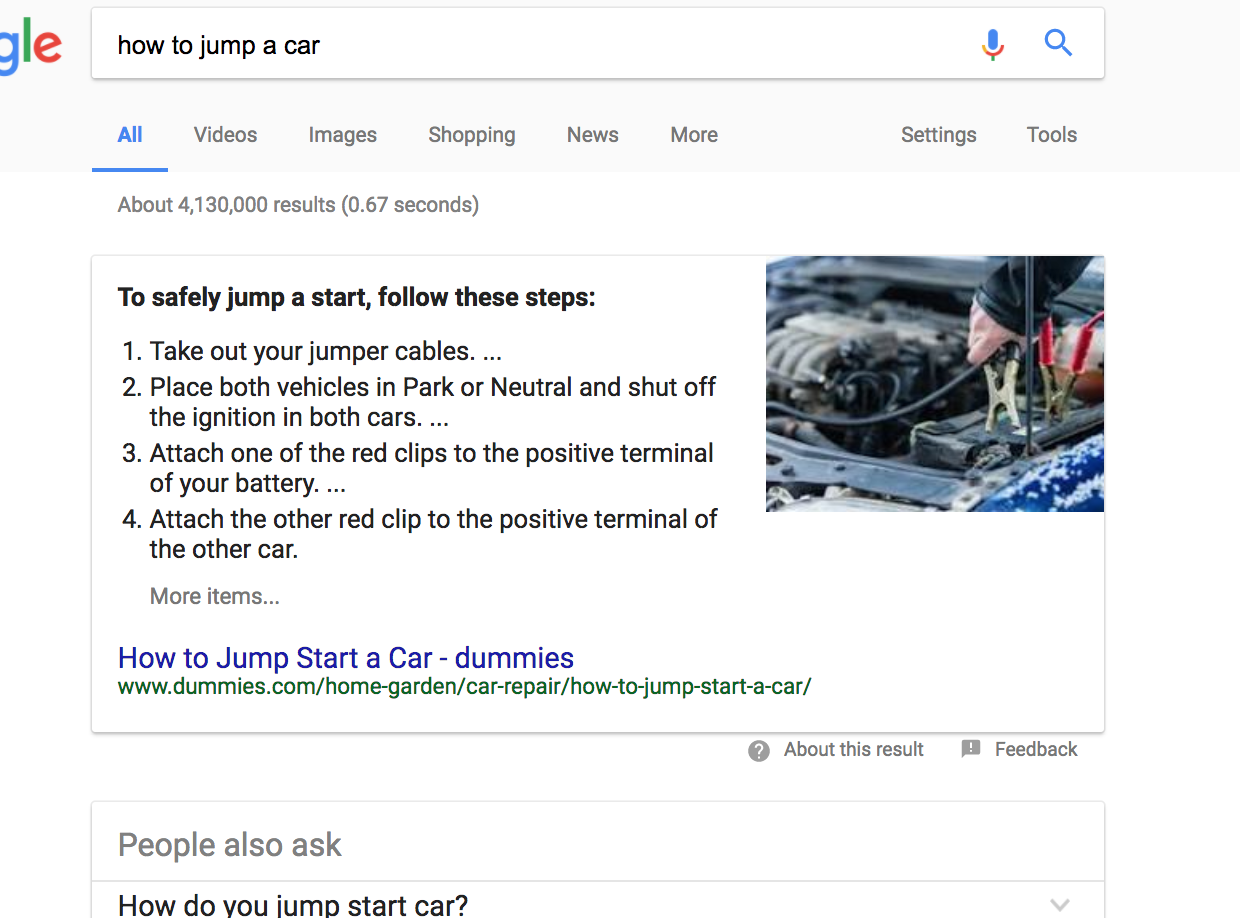

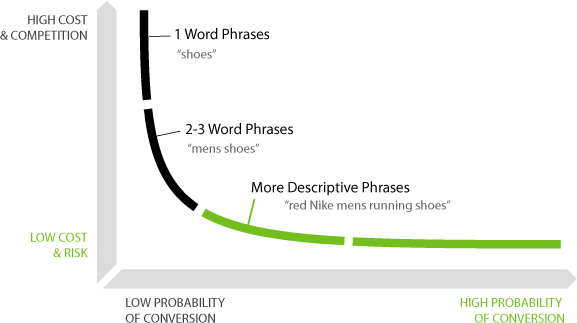
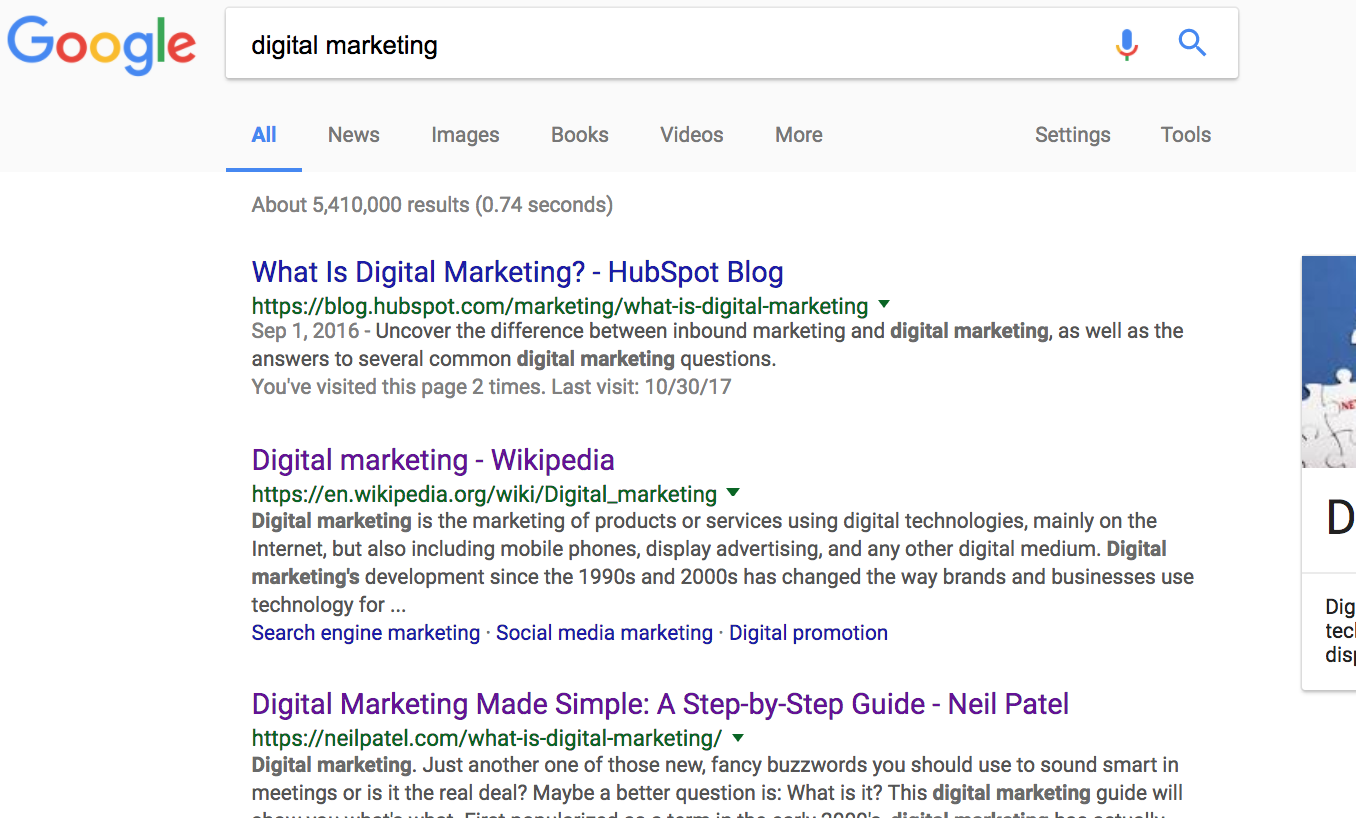
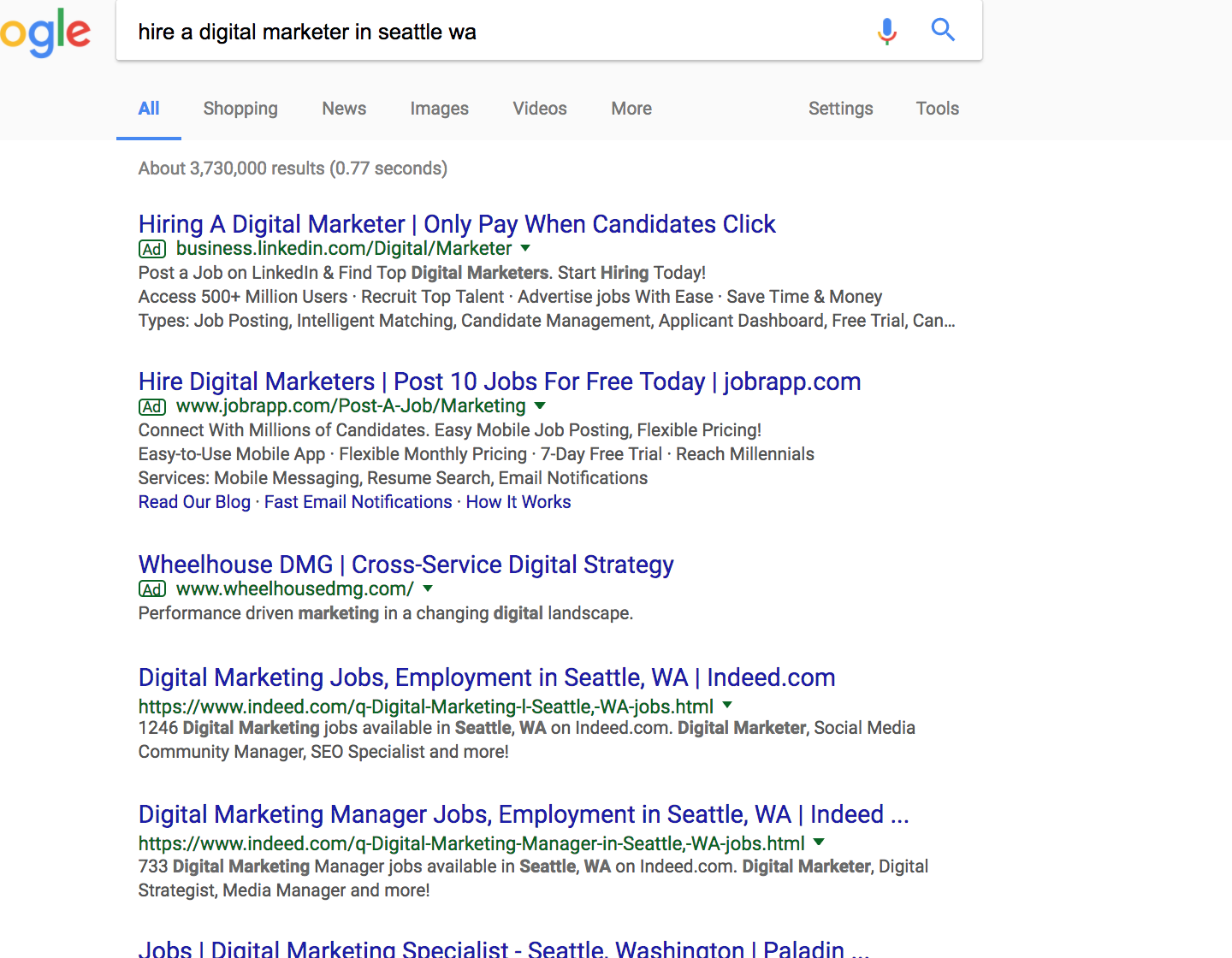
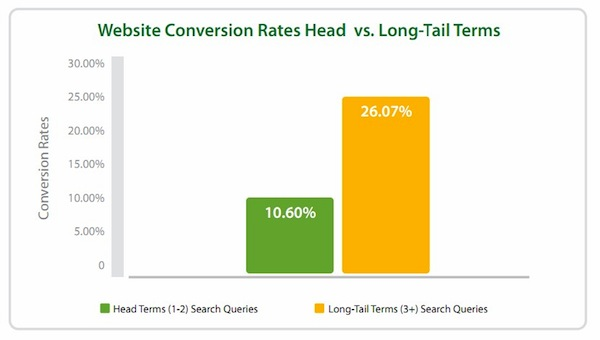

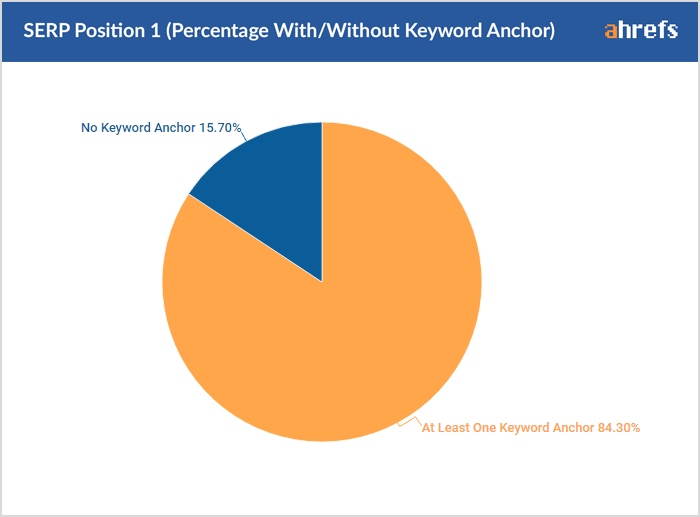
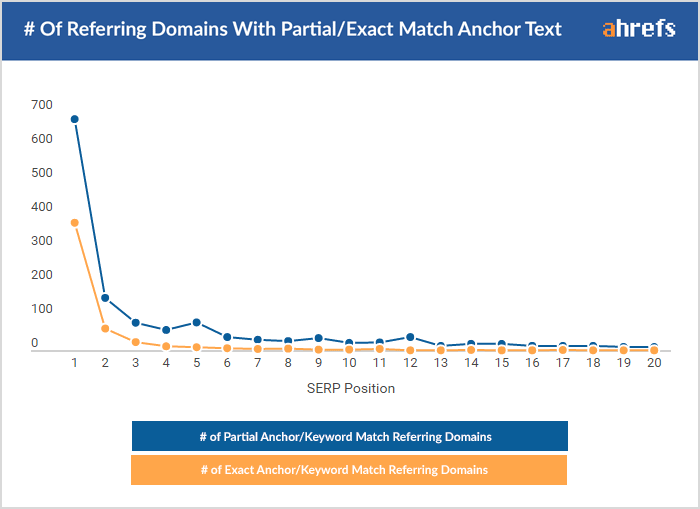

Comments (47)